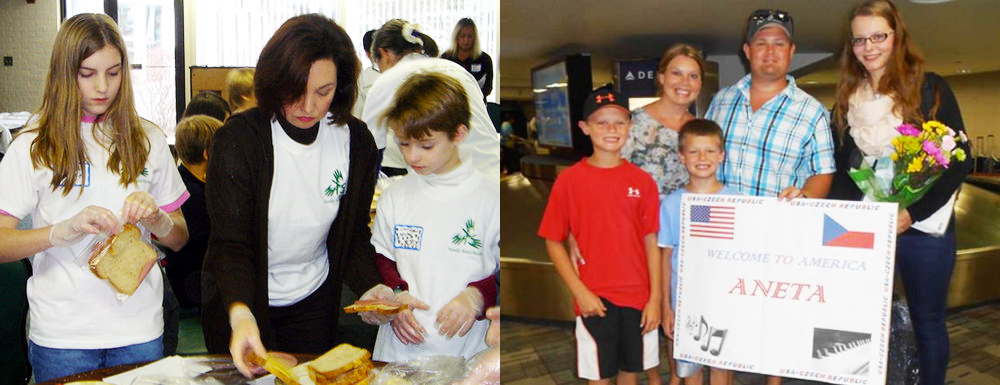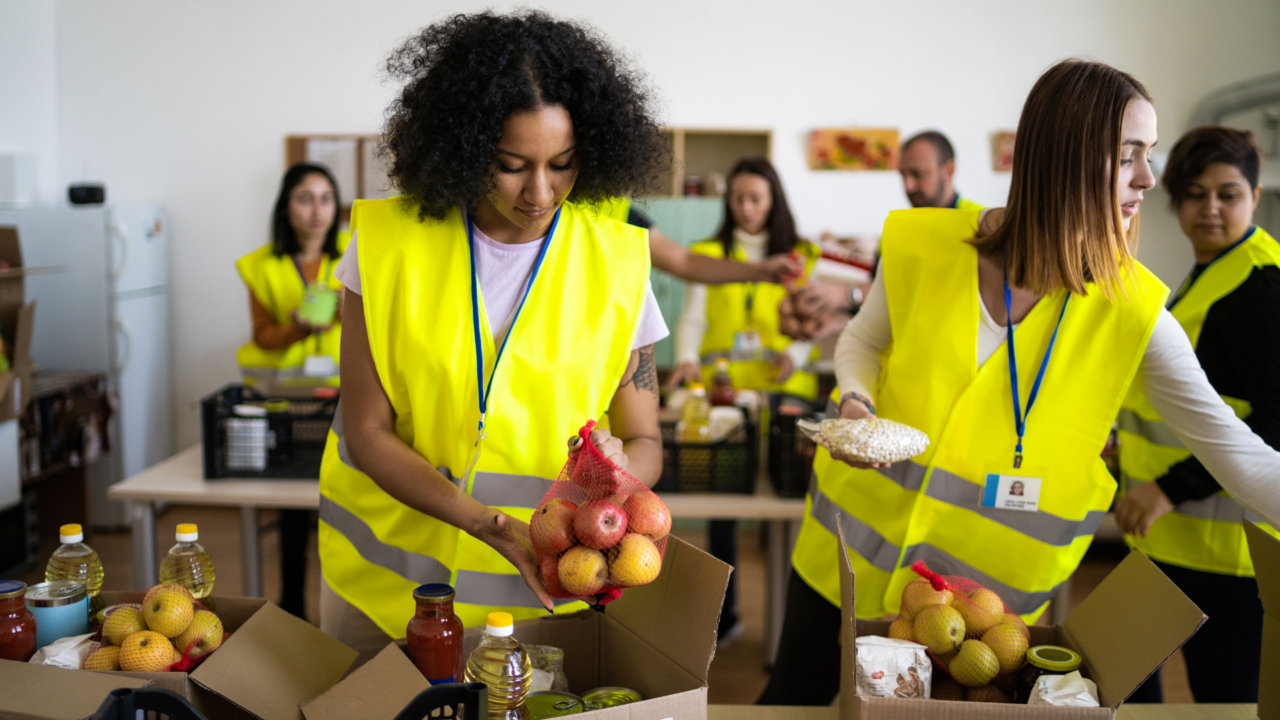Become a Family That Volunteers

Be a family that gives together! Here are some tips on Family Volunteering from Doing Good Together after the jump!
Ten Tips to Start a Habit of Service
This blog content has been provided by Doing Good Together.
1. Encourage all your would-be volunteers to get involved in selecting the volunteer opportunity. The more engaged everyone is in the selection process, the more committed all of you will be to the project.
2. Consider different ways you can weave service into your family’s life:
- Enjoy occasional “kitchen table” service projects – volunteer opportunities you can complete in your home. We have dozens of options to choose from. Or check out Doing Good Together: 101 Easy, Meaningful Service Projects for Families, Schools and Communities for even more possibilities.
- Set aside a “Doing Good Together” time each week or each month. You can do in-house projects, random acts of kindness or choose a project that’s included in our free monthly e-newsletter.
- Choose one ongoing project for your family. You might deliver meals to the homebound, cook at a homeless shelter or make a monthly visit to your local nursing home. Visit volunteermatch.org for opportunities in your area.
- Start holiday traditions of service. On your child’s birthday create a no-sew fleece blanket to donate to the hospital where he or she was born or put together a birthday bag for a local food shelf. On Valentine’s Day make cards for your local firehouse. On Halloween collect money for UNICEF or donate candy to the troops. For more ideas, check out the holiday-themed ideas in ourarchived newsletters.
Try “episodic” volunteering – a series of “one-time” projects. You and your family can occasionally walk for charity, clean up a local wilderness area, or take part in a collection drive. For other one-time opportunities, check out the latest DGT newsletter or volunteermatch.org.
3. Consider your children’s ages. Families can design volunteer participation for any age child. Even babies can take part in nursing home visits or charity walks. But be certain that the project you choose is appropriate for your child’s maturity level.
4. Think about your family’s talents, personalities, interests, and the issues that are important. Consider too what you’d like to learn from the experience.
5. Don’t necessarily limit yourself to more traditional volunteer jobs. Your family can become environmental activists, work for human rights or help get out the vote. You can host a fundraiser, organize a collection or start a neighborhood garden.
6. Remember that service to others doesn’t have to involve strangers. Consider starting with familiar people and places. Lend a hand to your neighbors by watering, sweeping, pulling weeds or walking their dog. Carry a small trash bag on your neighborhood walks to collect litter. Whenever your family bakes a batch of cookies, muffins or bars, wrap a few to share with neighbors or friends.
7. Consider an organization carefully before you and your children decide to volunteer there. Find out the group’s goal or mission, how it’s funded and exactly what your job will be. If possible, ask a current or past volunteer about the pros and cons of working there.
8. Before beginning the volunteer job, explain to your children what will happen, how they’re expected to behave, and why the job is important. Once you get started, be patient with their efforts and let them know how they’re making a difference.
9. Reflect on the experience with your family, including the disappointments and challenges of the work. Educate your kids about any issues that arise, explain the benefits to the people you’re serving and discuss what all of you are learning from the experience.
10. Have fun! Show enthusiasm for the project, go out for lunch afterward, or invite your children’s friends to come along. The more all of you enjoy the time you spend volunteering together, the more often you’ll make it a priority.




















